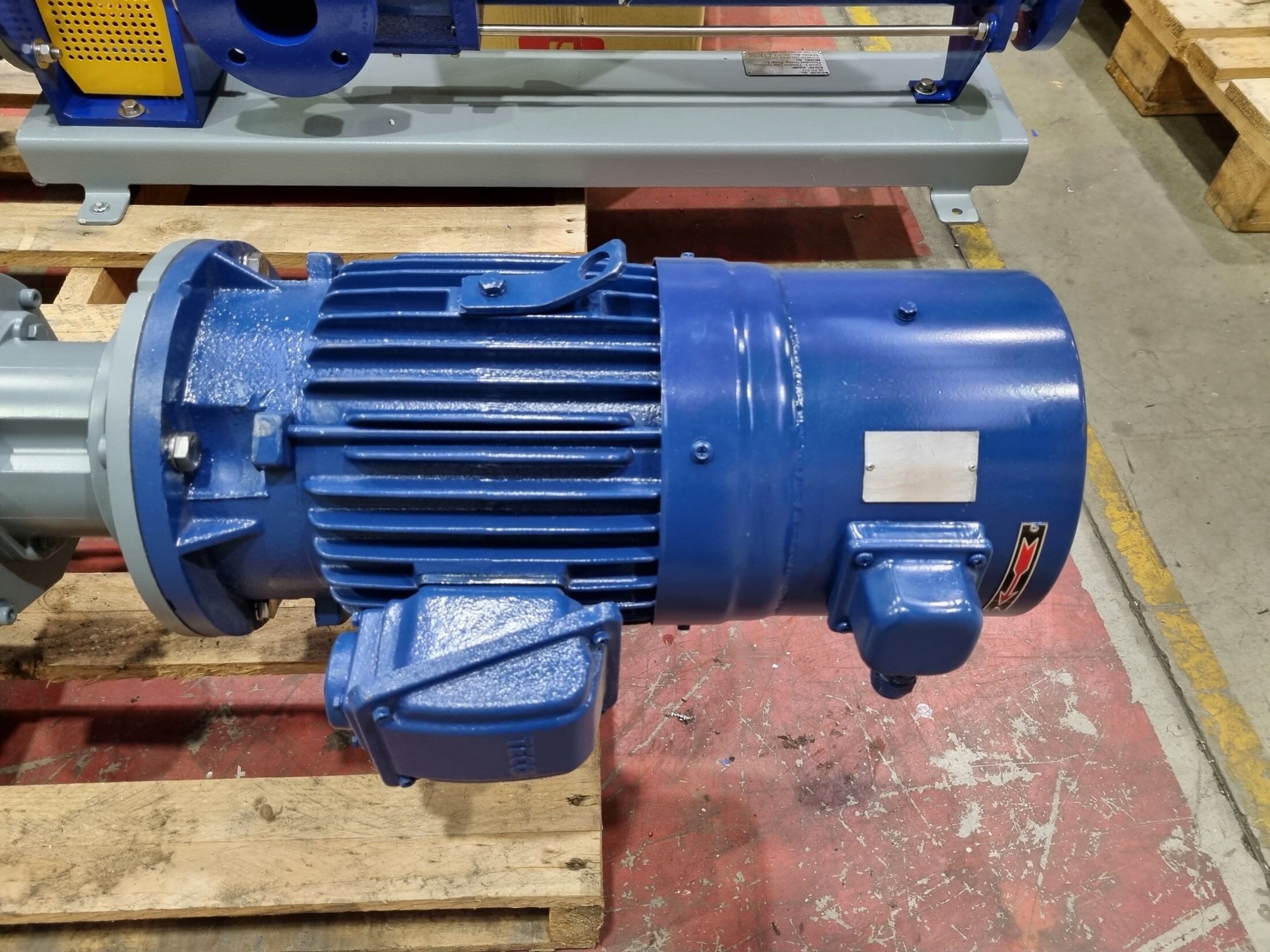When most people think about pump reliability, their first thought is the pump end—impellers, casings, materials of construction. But in our experience, motor performance is just as important. One often-overlooked factor is motor cooling, especially when pumps are run with variable speed drives (VSDs). That’s where a forced cooling fan comes in.
What is a Forced Cooling Fan?
Standard electric motors are fitted with a shaft-mounted fan. As the motor spins, so does the fan, drawing air over the motor housing to carry away heat. It’s simple and effective—provided the motor is running at or near full speed.
But what happens when you slow the motor down on a VSD? At lower speeds, the shaft-mounted fan turns more slowly, which dramatically reduces airflow. Less airflow means less cooling capacity, and that can allow the motor to run hotter than it should.
A forced cooling fan is designed to solve this problem. Instead of relying on the motor shaft, it’s powered externally and runs at a constant speed. This ensures steady airflow and consistent cooling regardless of how fast—or slow—the motor itself is turning.
Why Does Cooling Matter So Much?
Excess heat is one of the fastest ways to shorten motor life. When a motor overheats, you risk:
-
Premature breakdown of winding insulation
-
Bearing damage
-
Reduced efficiency
-
Unexpected downtime and failures
Keeping the motor cool protects these critical components and helps your pump system deliver reliable service for years to come.
When Should You Use a Forced Cooling Fan?
Not every motor requires forced cooling, but there are clear situations where it becomes essential:
-
Extended low-speed operation on VSDs
If your motor spends significant time below about 70% of rated speed, the standard shaft fan won’t move enough air. A forced fan ensures the motor stays within safe temperature limits. -
Continuous or heavy-duty applications
Motors running under constant load generate more heat. Extra cooling prevents long-term thermal stress. -
High ambient temperatures
Hot environments, like mining sites, processing plants, or outdoor installations in summer, reduce the margin for safe operation. -
Enclosed or poorly ventilated spaces
Acoustic hoods, underground pump rooms, or restricted enclosures often trap heat. A forced fan offsets the lack of natural ventilation.
Benefits of Forced Cooling Fans
Adding a forced cooling fan provides:
-
Consistent motor protection at any speed
-
Longer motor and bearing life
-
Reduced unplanned downtime
-
Greater confidence in system reliability
Final Thoughts
Forced cooling fans aren’t necessary for every pump installation. But in the right conditions—particularly low-speed VSD operation, hot environments, or continuous-duty systems—they’re a simple and cost-effective way to protect your investment.
At Global Pumps, we’ve seen the difference forced cooling makes in extending motor life and preventing costly breakdowns. If you’re unsure whether your pump motor needs one, get in touch with our team. We’ll review your application and advise on the best solution for long-term reliability.



